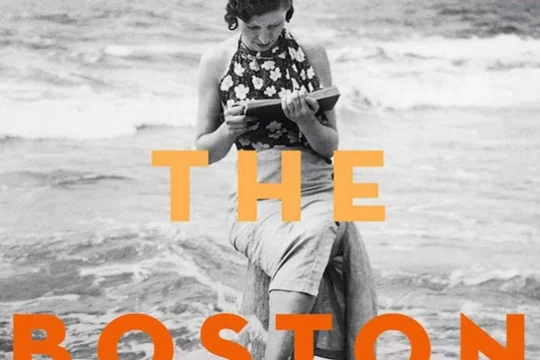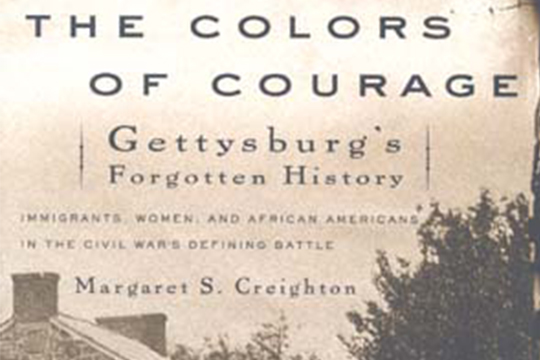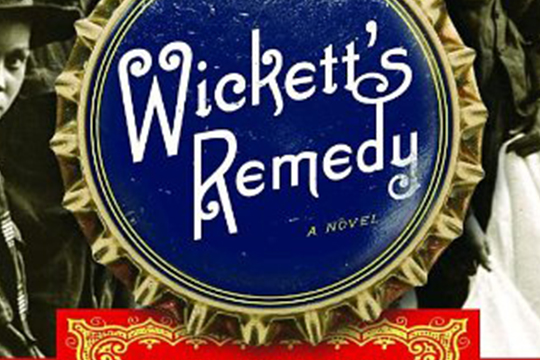The Boston Girl (2014)
Anita Diamant
Eighty-five year old Addie narrates her adolescence and young adulthood to her granddaughter. She describes how she navigated the landscape of the early 20th century, establishing her independence from her Jewish immigrant parents, persistently pursuing an education, and forming friendships with a diverse group of other women.
Addie’s night school teacher asks his students to write down one question that most intrigued or confused them about Romeo and Juliet. The intellectually curious Addie can’t stop posing questions:
“Was Juliet a better poet than Romeo? If Juliet found out about Rosaline, would she still love Romeo? Should Juliet have given Paris a chance? Why is love so dangerous for Juliet? Why are Juliet’s parents so blind? Was the nurse Juliet’s friend or enemy? Would Juliet have killed herself if she had been twenty-five years old instead of thirteen?”
Lincoln: A novel (1984)
Gore Vidal
Before he became a marble statue sitting in a temple on the National Mall, Lincoln was human. Vidal vividly brings the President to life by recreating his daily interactions with his personal assistants, cabinet members, generals, congressmen, and family members. Resolved to save the union, no matter how bloody the cost, Lincoln harnessed his humor, ruthlessness, political genius, eloquence, and the power of his office to bring the nation through its most dangerous period.
Vidal delightfully reconstructs the moment when Treasury Secretary and rival Salmon Chase may have finally realized he’d underestimated Lincoln. Three times previously, Chase threatened to resign from the cabinet as a strategy to get the President to approve certain political appointments. Please with its success, Chase has tried the ploy a fourth time:
“The messenger looked at Chase curiously. Then he asked, ‘Sir, have you resigned?’
Chase was so startled that he both stammered and lisped. ‘I have tendered, yes, my resignation. But I have not heard that it was accepted.’
‘It was accepted, sir. I’m sorry to say, sir. The President has already sent the Senate the name of your successor.’
‘And…and…’ Chase’s humiliation was now complete. He was obliged to ask a Senate messenger the name of his successor. ‘Whose name did the President send over?’
‘Governor Tod, sir. Oh, I am sorry, sir.’
‘A distinguished and honorable man,’ Chase said, appalled. ‘And, of course, a Democrat.’”
The Colors of Courage: Gettysburg’s Forgotten History (2005)
Margaret Creighton
Using letters, diaries, oral histories, and other sources, Creighton brings forth the voices of three marginalized groups who were affected by the Battle of Gettysburg: women, African Americans, and immigrants. Although they were largely ignored, stereotyped, or ridiculed, these individuals displayed resourcefulness, strength, and resilience as they faced the hardships and perils of war.
German-born Adam Muenzenberger immigrated to Wisconsin with his family when he was a baby. He patriotically enlisted to fight for the Union, but by 1863 he had become disillusioned with army commanders and discouraged when other units derided the “Dutchmen” of his Eleventh Corps as scared sheep who ran from battle. He was captured at Gettysburg and sent to a prison camp in Virginia, where he suffered from hunger and exposure until he died five months later. He wrote several letters to his wife while imprisoned:
“Muenzenberger had not heard from home in months and, having lost two of his children already that year, did not dare count on the health of the others. He pleaded for news. ‘Write how my two little darlings are,’ he begged his wife, ‘whether or not they are alive.’ And he asked for help. ‘Pray for me,’ he urged. Barbara did pray. So did his seven-year-old daughter. So did his youngest son, who knew nothing more than how to lift his hands. And Barbara begged him, in return mail, to persevere. But in Richmond nobody trusted a language they could not translate, and her encouraging letters, written in German, were sent back to Wisconsin, unread.”
http://www.bates.edu/african-american/faculty/creighton-margaret-s/
The Kitchen House (2010)
Kathleen Grissom
A wealthy plantation owner brings home a young Irish orphan and puts her to work as an indentured servant under the supervision of the kitchen house slaves. Because she is both White and a servant, Lavinia grows up caught between two worlds, yet she doesn’t really understand the sharp division between them. Eventually she must face the reality of racial injustice.
Belle’s mother was a slave, but her father is the master of the plantation. When she was a child, she was allowed to live in the big house, where her grandmother taught her to read and treated her like family. But now her grandmother is dead, the master has a wife and two children, and Belle has been displaced to the kitchen house:
“Christmas is always the worst time for me. It’s what I remember best, living up there in the big house. And now Marshall is sleeping in my old bedroom.”
How I Found the Strong (2004)
Margaret McMullan
This young adult book follows Frank “Shanks” Russell, who is itching to join the Confederate army with his pa and older brother, but he’s too young and scrawny. As the war closes in on his family’s Mississippi farm, Frank discovers the brutal reality of combat and reevaluates his beliefs about freedom, courage, and honor. Eventually he decides to persuade his father to emancipate their slave, Buck.
Frank begins to relinquish his dreams of battlefield glory when he sees the wounded soldiers in a schoolhouse that is being used as a field hospital:
“Inside, everything is dirty and everybody smells like sweat and farts and piss and blood, and even as I’m thinking up the words for the smells I’m smelling, I’m thinking of how Ma would wash my mouth out with lye soap just for thinking up such words.
…
I leave them. I pretend like it’s going to be all right. Outside, it feels safe. There aren’t any limbs or dead bodies that I can see. Ma always says cleanliness is next to godliness, and that ‘Everything has its place in the world.’ It was bad dirty in that schoolhouse. Surely God wasn’t in there.”
Wickett’s Remedy (2005)
Myla Goldberg
Lydia, an Irish-American woman, joins the fight against the 1918 Spanish flu pandemic that killed her husband. Goldberg understands that biases and misattributions can distort our memories of the past: In the page margins, dead characters intermittently offer alternative interpretations and recollections that contrast with Lydia’s perspective.
Lydia lifts a dying neighbor boy from his bed to take him to the hospital. She expects him to resist being separated from his family:
“Instead, he whispered, ‘Hurry.’
[Margin note] Auntie Liddie did not hear right. Brian said, ‘Sorry.’ He knows he was being punished for scaring his sisters with his bad breathing noises. Usually he liked to scare them, but only when he wasn’t scared himself.”
A Strange and Blighted Land - Gettysburg: The Aftermath of a Battle (1995)
Gregory Coco
After the battle raged through their town, the citizens of Gettysburg emerged from their cellars and began comforting the wounded, burying the dead, and rebuilding their houses, farms, and businesses. They soon found the streets and fields crowded with souvenir hunters and scavengers, morticians, relief workers, and desperate family members searching for lost sons, brothers, and husbands. Only with hard work and determination could they succeed in putting their community back together.
The U.S. Sanitary Commission requested contributions of food and supplies for injured soldiers:
“Often some of the donated goods posted to the Commission were very personal in nature and were accompanied by messages from the donors.
On a bed quilt was pinned a card saying: ‘My son is in the army. Whoever is made warm by this quilt, which I have worked on for six days and most all of six nights, let him remember his own mother’s love.’
On a pillow was written: ‘This pillow belonged to my little boy, who died resting on it; it is a precious treasure to me, but I give it for the soldiers.’
On a pair of woolen socks was written: ‘These stockings were knit[ted] by a little girl five years old and she is going to knit some more, for mother says it will help some poor soldier.’”






